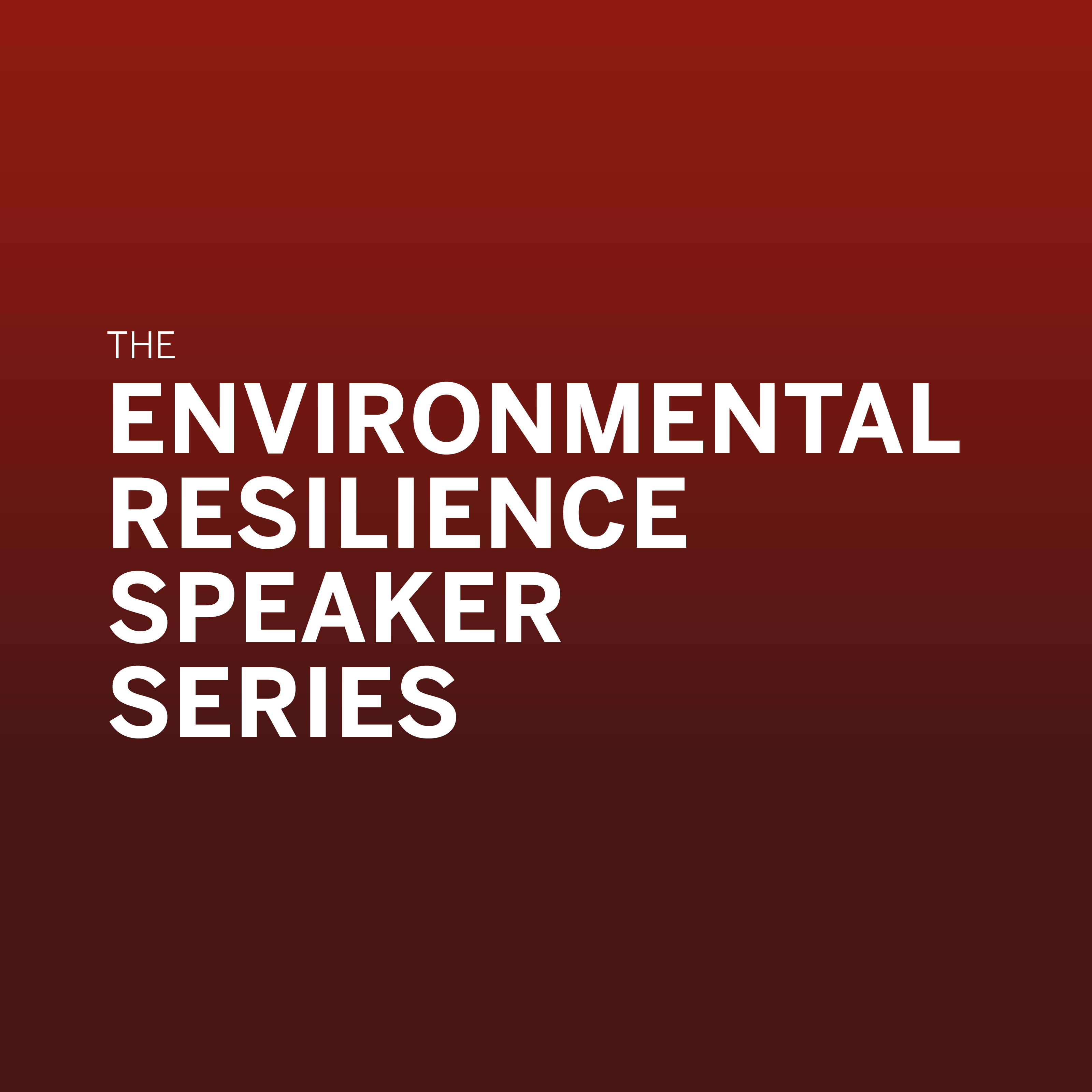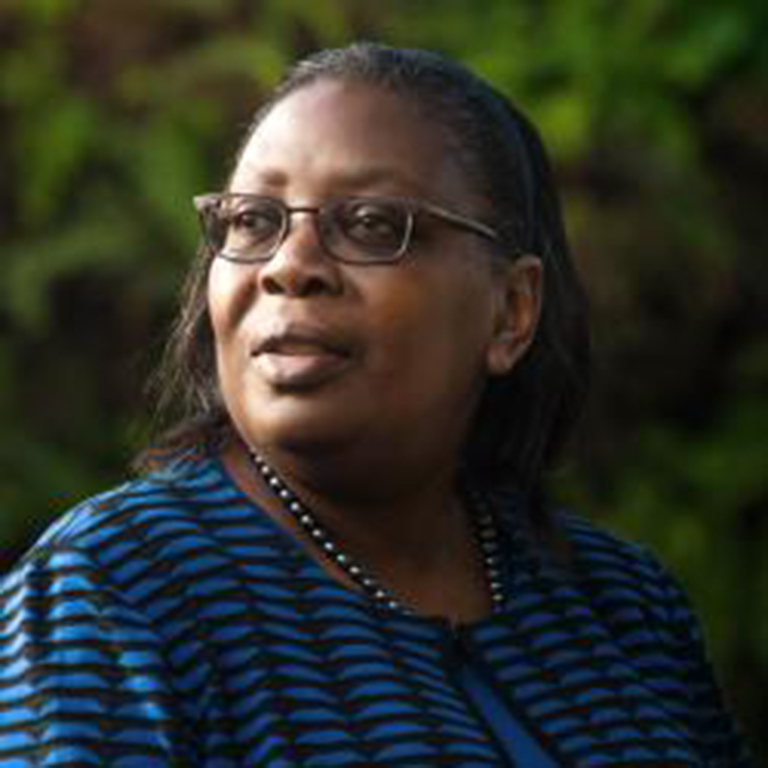Harriet Tubman’s story is well-known. She escaped from slavery but returned 33 times to the land of her former captors to free about 300 other enslaved people. According to Dorceta Taylor, a professor of environmental justice at Yale University, far fewer people know how much Tubman relied on her knowledge of the environment evade recapture.
Tubman used the knowledge she gained from working outdoors with her forester father. She navigated by the stars, predicted weather by looking at the clouds, read direction by noticing where moss grows on trees, used bird calls as secret signals, and, of course, gathered food for herself and her fellow freedom seekers.
Taylor’s lesser-known story of the famous abolitionist was just one anecdote in her virtual talk, “Untold Stories of the Conservation Movement: Race, Power, and Privilege,” part of the Environmental Resilience Speaker Series. The Feb. 25 talk was sponsored by ERI, the Integrated Program in the Environment, the Tobias Center for Innovation in International Development, and the Center for Research on Race and Ethnicity in Society. During the presentation, Taylor discussed the long history of racism, sexism, and classism in the American conservation movement.
“We really do have to pay attention to history and how it has shaped where we are and how we think about things,” she said.
Taylor discussed how famous conservation figures like John Muir and Ralph Waldo Emerson disparaged indigenous people and people of color in their writings—remarks that are largely unknown by modern admirers of their work. Scholarship by researchers of color have brought this to light and also drawn attention to slave owners like John James Audubon, the famous ornithologist whose writings portrayed black and indigenous people as inferior to whites. The renewed scrutiny led to a decision by the Audubon Naturalist Society, a leading US conservation group, to change its name in 2021.
Taylor also highlighted stories of people of color whose contributions to conservation have been ignored, such as Phillis Wheatley, an enslaved woman whose nature poetry inspired the works of Emerson and Henry David Thoreau. She discussed the vital work of Chinese immigrant workers cutting roads through the mountains of Yellowstone and Yosemite. History books rarely reflect this diversity, however, depicting the conservation movement as predominantly white and male.
Ultimately, Taylor said she wants modern-day conservationists to recognize the harm dehumanization has wrought on indigenous people and people of color throughout US history. She pointed out the mistaken idea that before colonists settled in America, the lands were “untouched by human hands.”
“The only way we can make this argument is if we don’t consider native tribal people to be human beings,” Taylor said.
These stories and others can be found in Taylor’s 2016 book The Rise of the American Conservation Movement: Power, Privilege, and Environmental Protection.
About the Environmental Resilience Institute
Indiana University’s Environmental Resilience Institute brings together a broad coalition of government, business, nonprofit, and community leaders to help Indiana and the Midwest better prepare for the challenges of environmental change. By integrating research, education, and community, ERI is working to create a more sustainable, equitable, and prosperous future. Learn more at eri.iu.edu.




